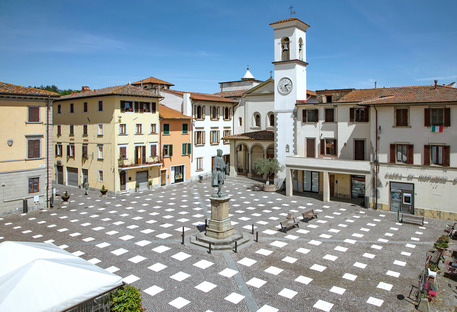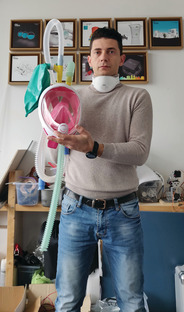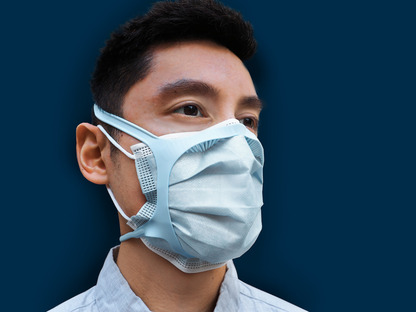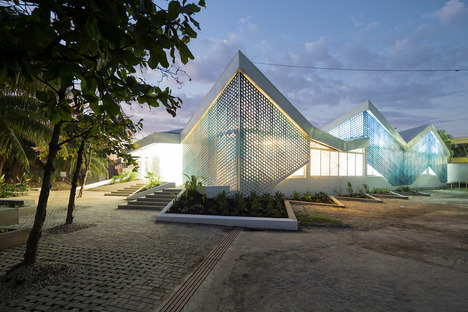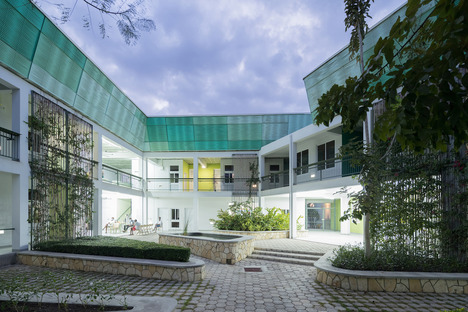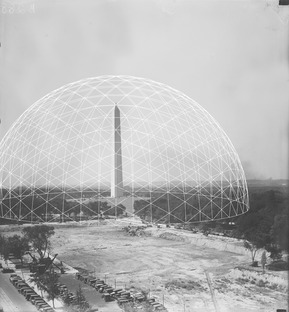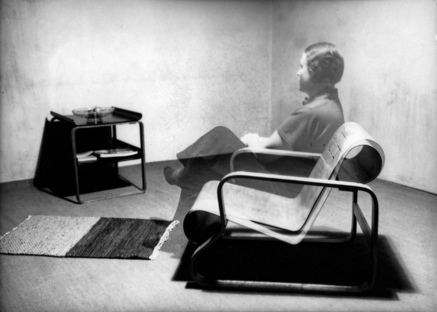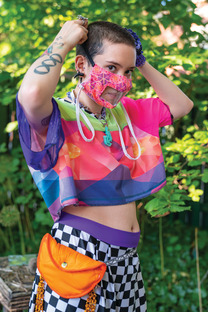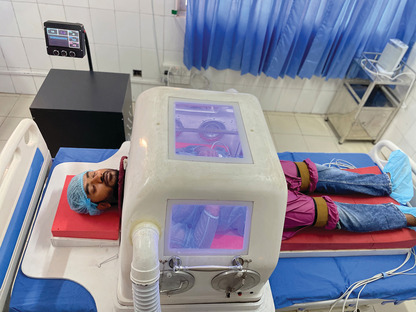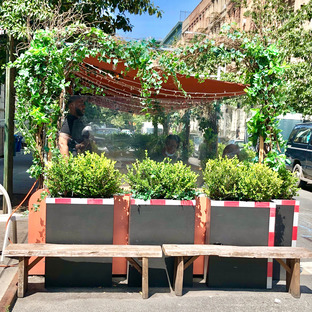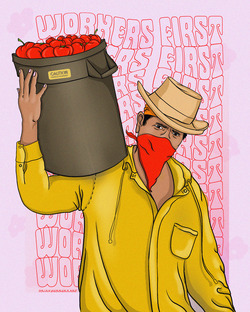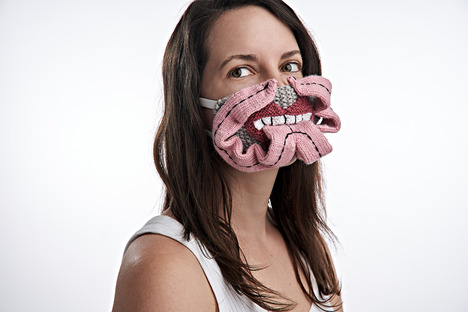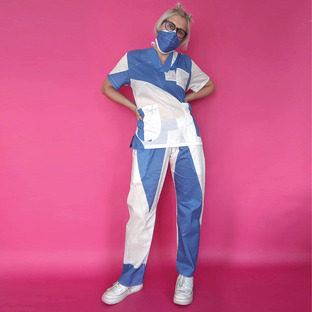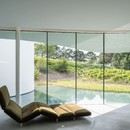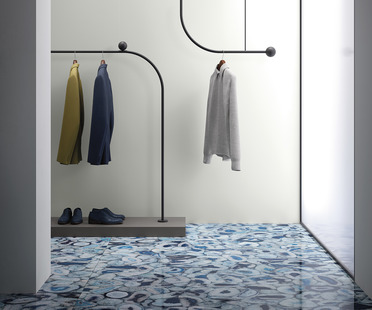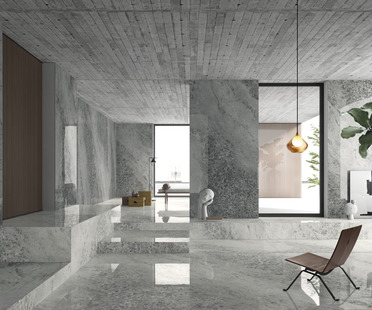16-12-2022
Design and Healing: humanity reacts to the pandemic. A retrospective at the Cooper Hewitt
Cooper Hewitt, Design,
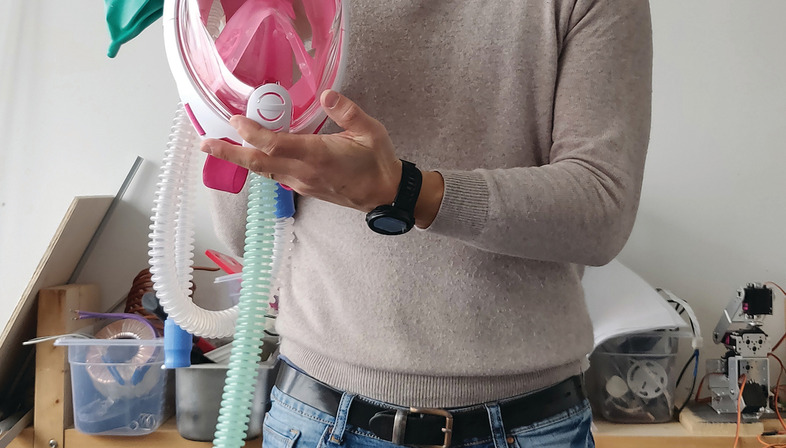
Almost three years have passed since the Covid-19 pandemic began. Humanity seems to have found the logistical and cultural tools needed to rescale and contain contagion and its effects on people’s lives and the processes involved in them, from finance to health. The Cooper Hewitt in New York, a part of the Smithsonian Design Museum, is the first prominent international museum to open an exhibition on this topic, with the self-explanatory title Design and Healing: Creative Responses to Epidemics.
How have we reacted to the emergencies and obstacles that have followed one upon the other without respite since March 2020? Design and creativity have played an important role in all fields of application. This is the focus of the exhibition organised by Ellen Lupton, senior curator at Cooper Hewitt, with the MASS Design Group. Epidemics of the past and present have triggered important discoveries, new ways of treating and preventing disease, and revealed gaps and failures in existing cultural, physiological and infrastructure systems. Like other epidemics, Covid-19 hit marginalised communities particularly hard.
In response to Covid-19, designers, artists, doctors, engineers and members of civic society have put themselves on the line, encouraging open-source collaboration, rapid response prototyping, product hacking and social activism. The result has been medical devices made from diving masks, homemade protective devices, easily readable infographics, political manifestos, and specialised services and architecture.
Design and Healing: Creative Responses to Epidemics is a retrospective looking back at what has been done so far, says Ellen Lupton, going on to list the players involved and how the collection of content for the exhibition began as far back as three years ago: “The exhibition features a variety of artifacts gathered by Cooper Hewitt’s Responsive Collecting Initiative, a process launched in 2020 to document the crucial challenges of our time”.
Michyael Murphy, executive director and founder of the MASS Design Group tells us about his vision of the exhibition. He views breathing as a spatial operation, and: “This fact has implications at the scale of the body, building, city and planet. It turns out there’s an entire history of how buildings were designed in order to promote air flow and reduce the transmission of airborne diseases”.
The exhibition takes place on the first floor of the Cooper Hewitt, in four galleries focusing on different themes. The first work in the exhibition is a multimedia installation by Samuel Stubblefield inspired by our growing ability to monitor the human body. The same gallery also contains introductory infographics and general information on the pandemic, while the second gallery is organised around the elemental forces connected with the prevention, treatment and spread of the disease: water, light, air, and insects. The exhibition continues with a section focusing on devices created in response to the emergencies and the shortage of materials, with a special focus on all the different types of mask the museum could get together. Design and Healing concludes with a Breathing Space in the museum’s conservatory, flooded with daylight and a soundscape created from letters of thanks received by healthcare workers over the past three years.
Francesco Cibati
www.cooperhewitt.org
“Design and Healing: Creative Responses to Epidemics” is made possible with major support from Crystal and Chris Sacca.
Generous support is also provided by Lisa Roberts and David Seltzer and the Lily Auchincloss Foundation.
Curatorial team:
MASS Design Group (Regina Chen, Jeffrey Mansfield, Michael Murphy, Morgan O’Hara and Maggie Stern)
Cooper Hewitt, Smithsonian Design Museum (Ellen Lupton, senior curator of contemporary design, and Julie Pastor, curatorial assistant)
Exhibition designer: MASS Design Group (Annie Wang)
Graphic designers: Span (Alyssa Arnesen and Bud Rodecker) and Rick Valicenti
Images: GHESKIO Cholera Treatment Center, 2015, MASS Design Group; photograph © Iwan Baan; Rebirth Garments Mask, 2021, Sky Cubacub, Rebirth Garments; Ventizolve Naloxone Kit, 2020, ANTI (A New Type of Interface); Zero-waste Scrub Set, 2020, Danielle Elsener.










